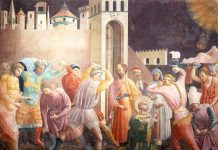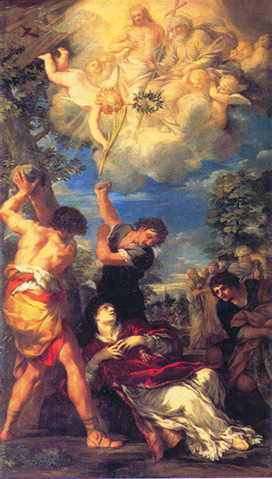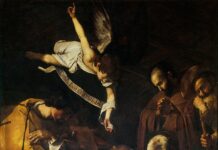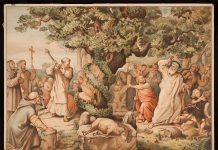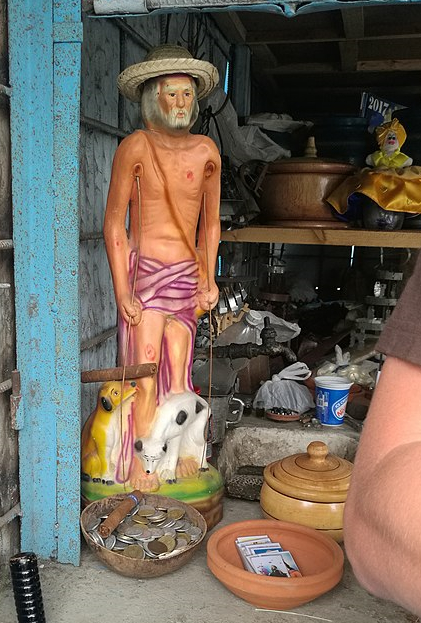
As a first generation American born in the United States, I was introduced early in life to St. Lazarus by my family of Cuban heritage.
St. Lazarus is exceedingly popular within the Cuban community. Cubans have typically shown a special devotion to St. Lazarus as he is considered to be the patron saint of the poor and the sick. Many of my relatives’ homes had a small statue of the Saint, generally depicted walking with a staff and with two or three dogs following him. He seemed to be covered in sores and one had the impression that the dogs were licking and cleaning his wounds. There was often a cigar and a small jigger of rum placed before the statue as some type of offering. Some of the women, in particular, would often pray at the statue for whatever their special intention might be.
I was never personally engaged in this special devotion to St. Lazarus as my parents never maintained such a shrine in our home even though perhaps half of my many uncles, aunts, and grandparents did so.
We know of Lazarus primarily from the eleventh chapter of Saint John. Saint Lazarus lived in Bethany, the village of Mary and her sister Martha. This was the Mary that washed Jesus’ feet with perfume.
Lazarus, who was Martha’s brother, was taken ill and died. He had been in the tomb four days when Jesus arrived. Jesus went on to raise Lazarus from the dead and this is where we hear one of His best-known promises: “I am the resurrection. Anyone who believes in me, even though that person dies, will live and whoever lives and believes in me will never die…” (John 11: 25-26).
In Cuba he is known as San Lázaro and is popularly called “the one on crutches” and by his devoted followers as the old Lázaro.
However, this special relationship between ethnic Cubans and St. Lazarus is not without conflict.
In southern Florida, particularly the Miami area, there is a group called “El Ricón de San Lázaro (RSL), a group that is not part of the Holy, Catholic, Apostolic Church under the authority of the Holy See. This has been emphatically reiterated by the Archbishop of Miami. Diocesan courts, both in the Diocese of Miami and Venice (Florida), have agreed.
In spite of this, the RSL, in their liturgies claim to be in communion with the Catholic Church and with the Holy See.
The RSL exists primarily as a religious group devoted to San Lázaro. Among its members, known as the santeros orishas, San Lázaro is identified with Babalú-Ayé, a deity in the Santeria religion. The orishas are powerful spirits in the Santería religion of African origin that act as intermediaries between humans and the supreme god, Olodumare. Santería practitioners believe that the orishas help people achieve their destiny and that humans must worship the orishas in return. Babalú-Ayé and Saint Lazarus are both deities associated with health and healing. Babalú-Ayé is an orisha in the Santería religion and Saint Lazarus is a Catholic saint.
The Santeria religion is old with many myths and legends. This disordered devotion to St. Lazarus arises from the religious syncretism of African origin identifying the orishas with the saints of the Catholic Church through attributes that represent them. This gives rise to a system of religious beliefs that combine Christianity with pan-African identity and Caribbean slave religious practices.
This is without doubt due to the poly-theistic religion of the African slaves, in turn influenced by Christian beliefs brought to the New World by Catholic missionaries, primarily from Spain.
The history of this Old World theology entangled with New World Missionary Catholicism is explored in the book, Los orishas en Cuba) by Natalia Bolivar Arostegui – January 1, 1995. Unfortunately, it is available only in Spanish.


